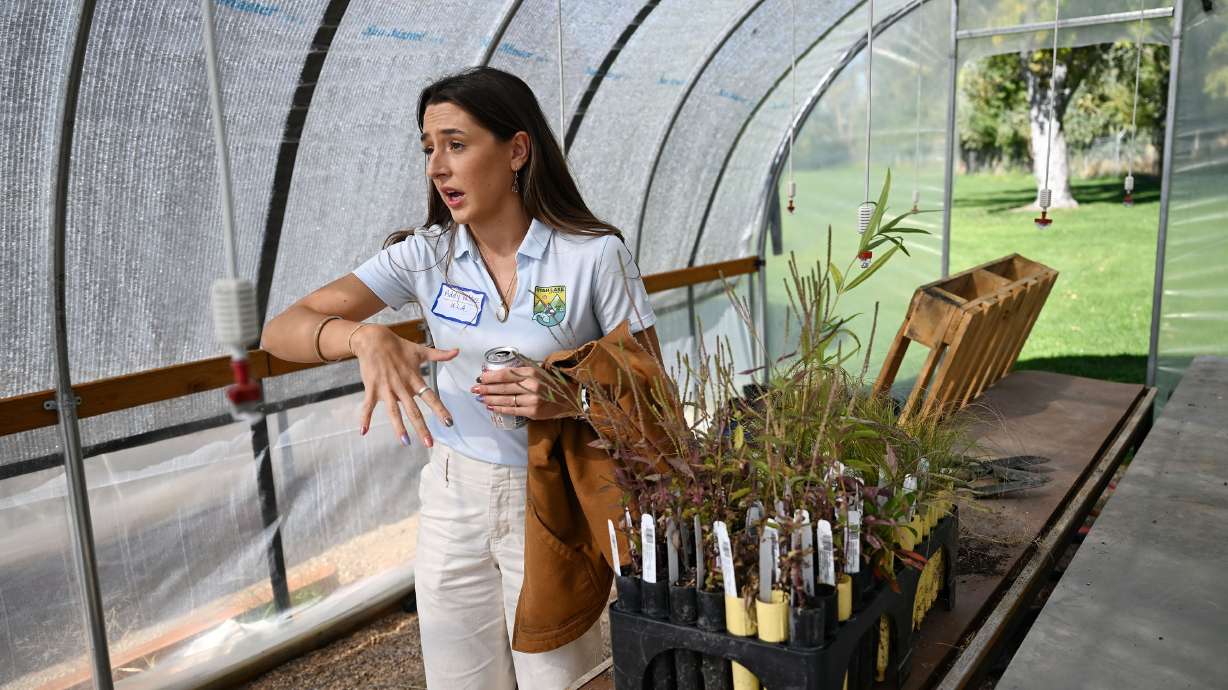Estimated read time: 3-4 minutes
- A legislative measure supporting a Utah Lake nature center linked to Utah Valley University passed a key committee.
- The center aims to educate on Utah Lake's value and its connection to the Great Salt Lake.
- Funding challenges remain, but existing allocations and fundraising efforts are underway for the project.
SALT LAKE CITY — A legislative measure which gives a nod to a new nature and research center affiliated with Utah Valley University and focused on all things Utah Lake passed the House Natural Resources, Agriculture and Environment committee earlier this week.
SB319 by Sen. Brady Brammer, R-Pleasant Grove, deals with funding for the center, which the Utah Lake Authority wants to see become a reality so residents and visitors can better understand the value of the lake.
Luke Peterson, executive director of the Utah Lake Authority, testified last fall before a committee of lawmakers that the lake has been shedding its negative reputation.
He emphasized that attitudes are changing over time, especially if a resident overcomes their previous discriminatory attitudes and visits the lake to see the decades of work that have taken place to restore it to its best possible state.
At the time, he emphasized the lake's interconnectivity to the Great Salt Lake.
"Obviously, we see that people are concerned about Great Salt Lake, and we all are and appreciate that. What's behind this data that I think is interesting is how many people we discovered do not realize that Utah Lake provides water to Great Salt Lake. And I find this over and over again; it really startles me," Peterson said. "So, helping people to understand that the fate of the two lakes is tied — so if Utah Lake dies, Great Salt Lake dies — is really critical for us as well. So that gave us some information there."
Utah Lake was once a repository for raw sewage. Nonnative carp were introduced to the lake, and they are an invasive species that outcompetes other fish for food. Common carp can grow to 47 inches long and are also believed to reduce water quality.

The population of native June sucker has been decimated over the last century or more, a consequence of predation.
The June sucker was reduced to a mere 300 fish, and it landed on the federal government's list of endangered species — and while it came with a slew of restrictions, it also came with money to bolster its recovery.
Six years ago, federal officials downgraded the June sucker from endangered to threatened, a huge victory and recognition of the work that has gone into its recovery — with a population that stands at 30,000 fish.
"The recovery of the June sucker, the reduction in the carp and phragmites — those are really good indicators that we're turning the corner on that, that effort that's been going on for 50 years now," Peterson told the Deseret News.
Phragmites have been reduced by 70% — another hard, thankless task. Phragmites are an invasive reed that sucks water like it has been desert deprived for weeks and then takes over native vegetation.
A crowning achievement for Utah Lake supporters would be the construction of a nature center next to the Lindon harbor.
As a representative in Congress, then Rep. John Curtis, R-Utah, secured $5 million in funding for the center.

Brammer's bill takes a pool of already allocated funds from the Department of Natural Resources and transfers that $2.1 million to Utah Valley University because the nature and research center will be a campus asset.
Proponents were hoping for $15 million in one-time funding from the state Legislature to get the project underway by this fall, but in a year where revenues are tight, that didn't happen.
"Obviously, we'll have to come back next session, and we're also working on fundraising and so forth for the next year," Peterson said. "But with that money, plus the money that we got from then Congressman Curtis, we definitely have the money to get plans developed and see how far we can we can get it a long," Peterson said.










